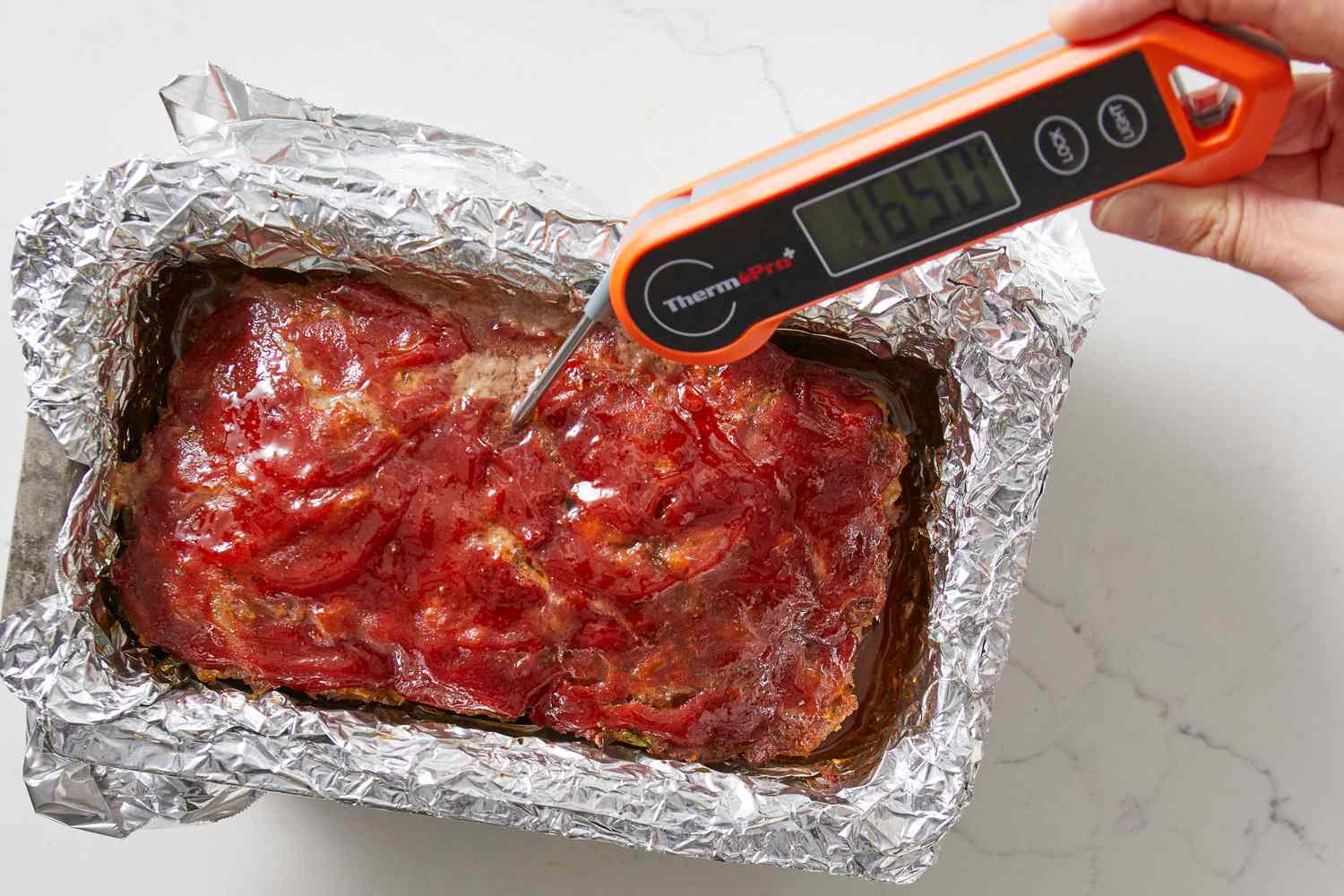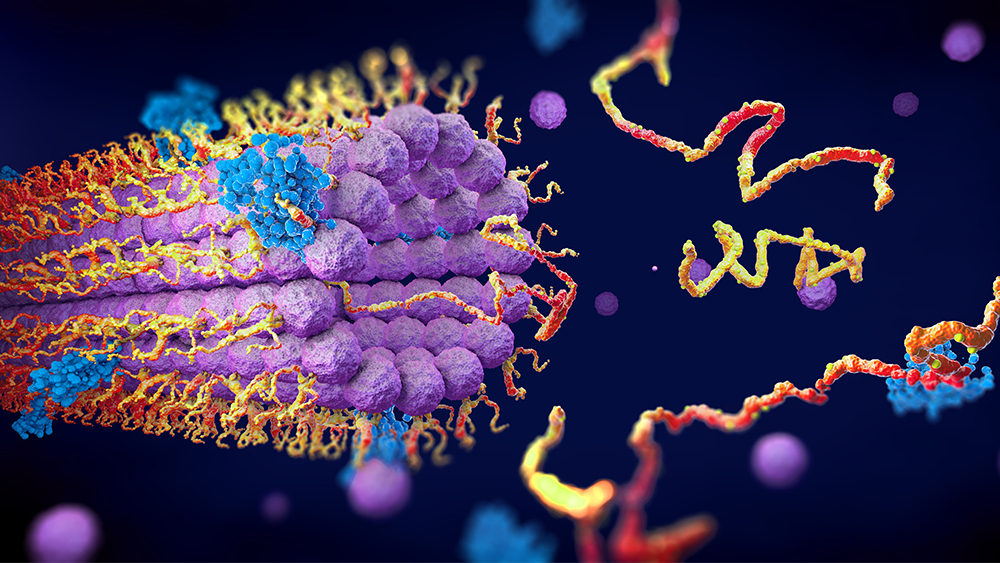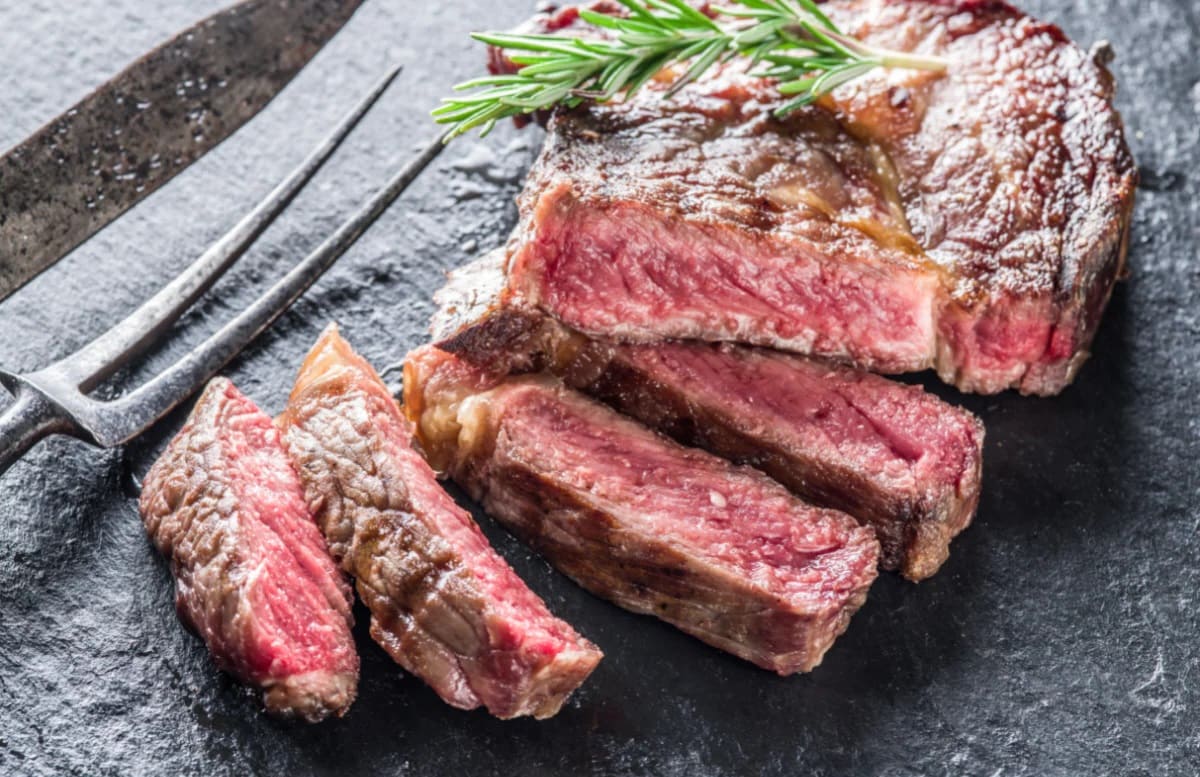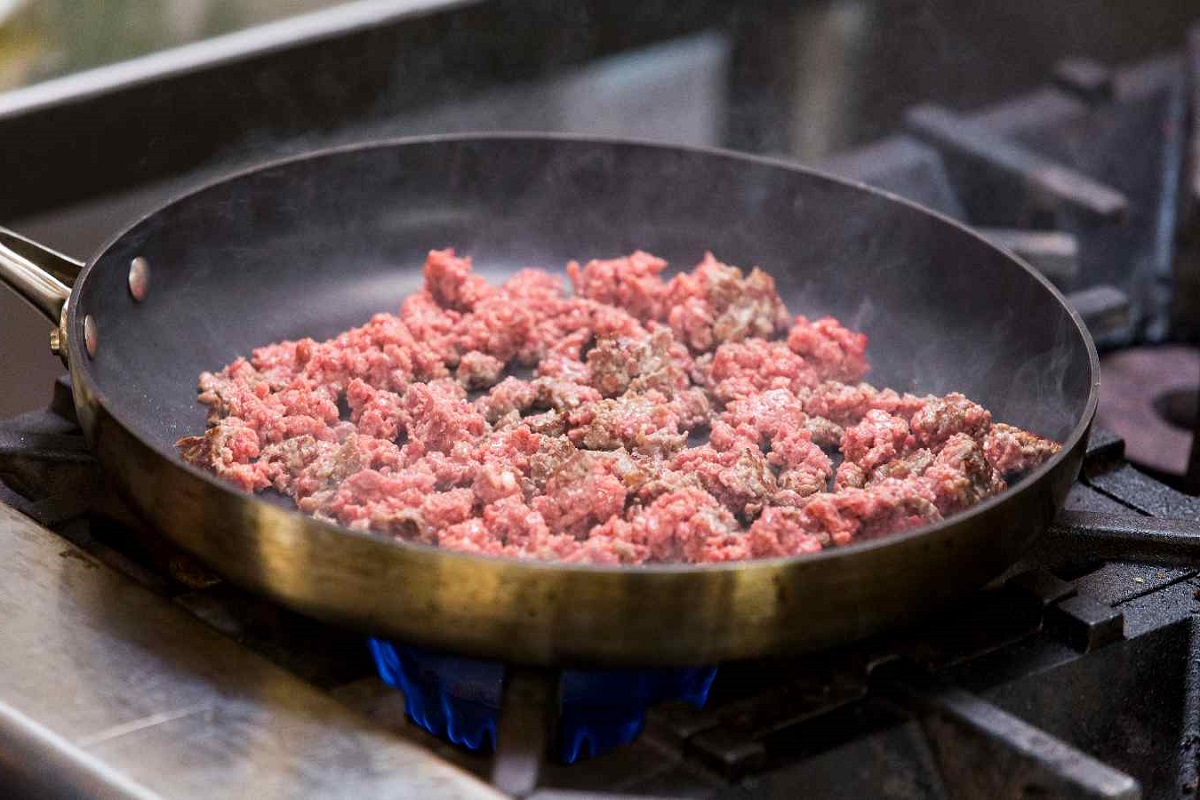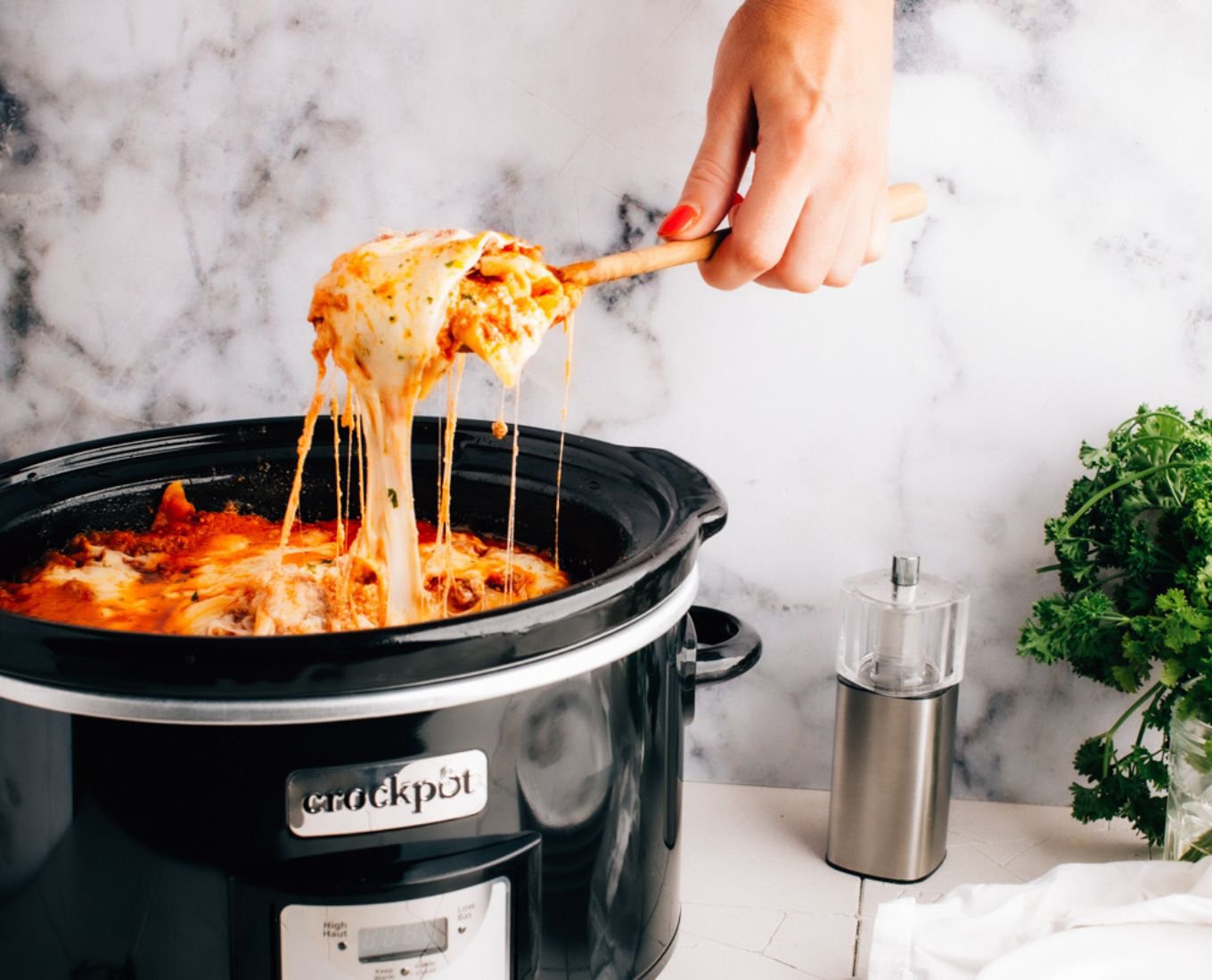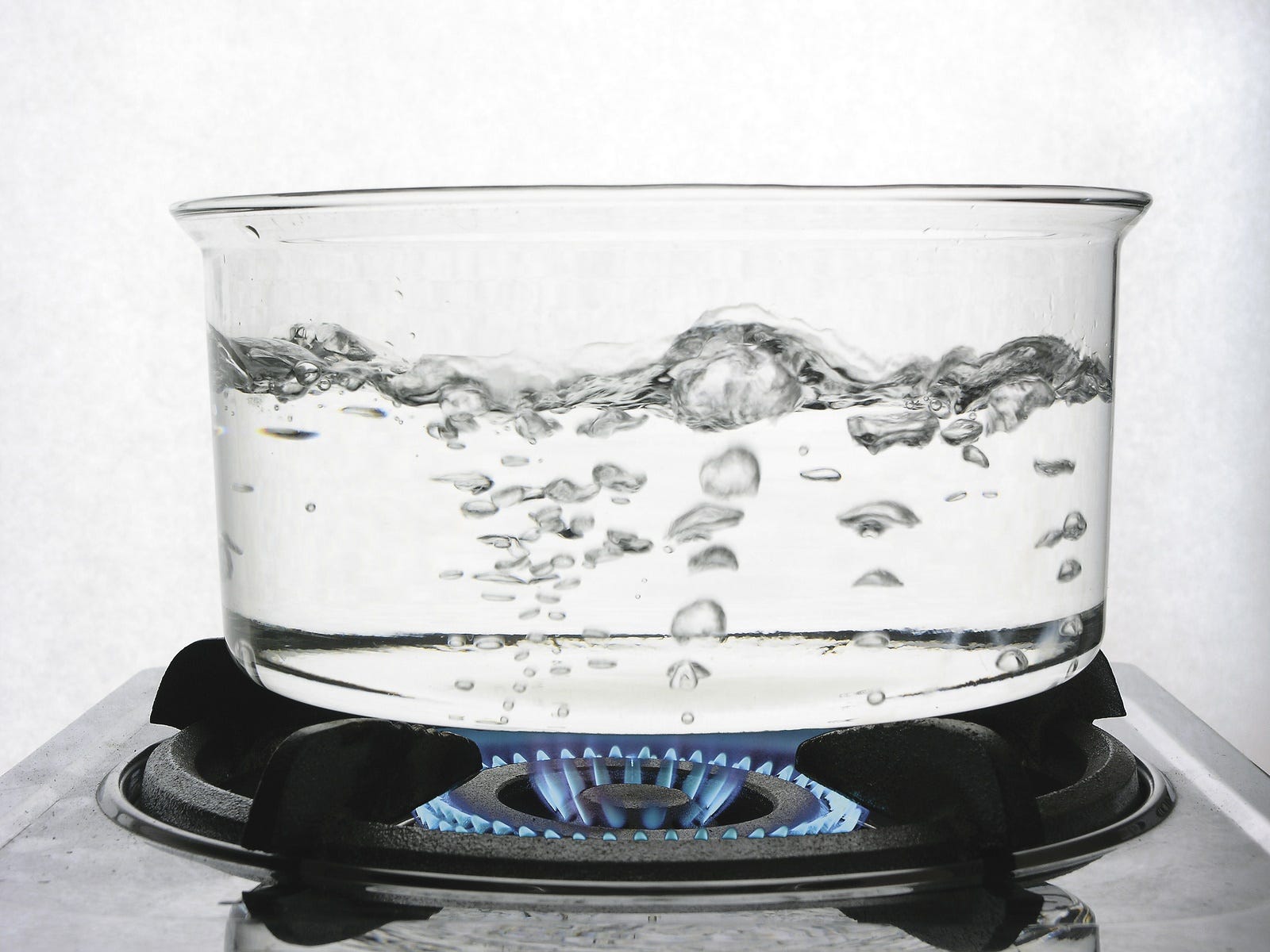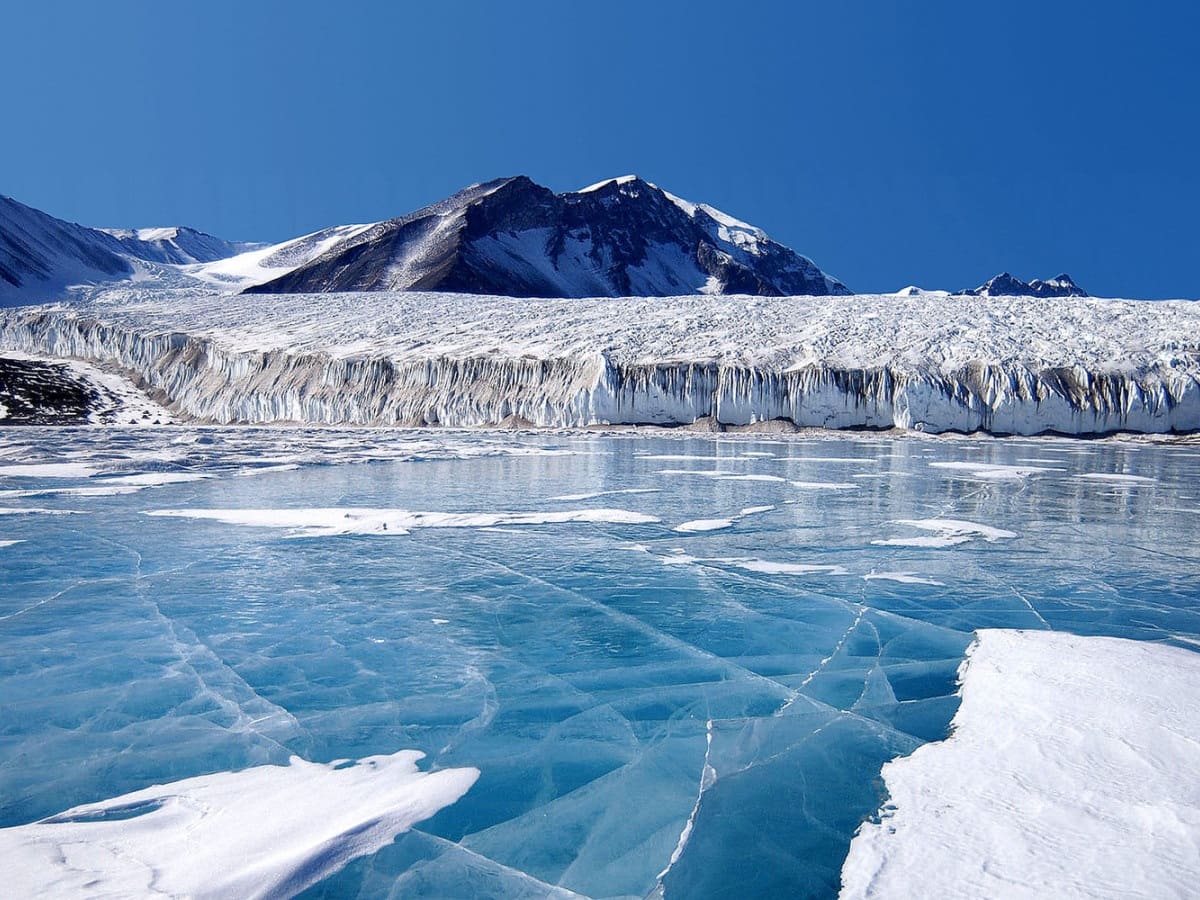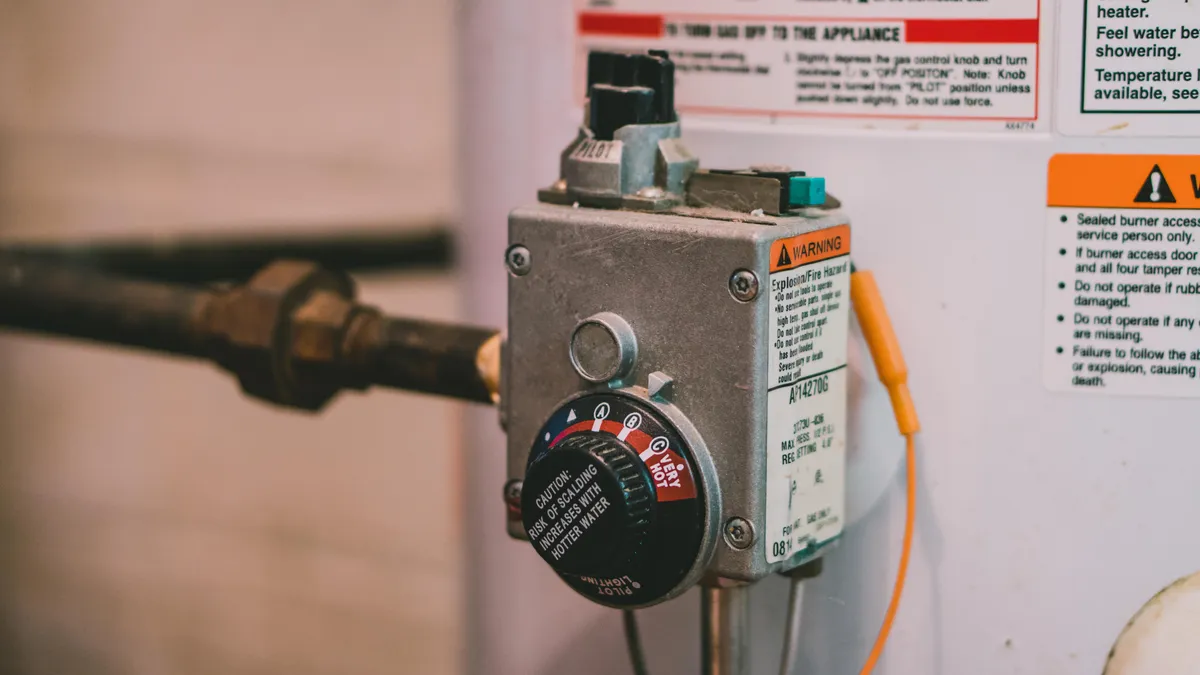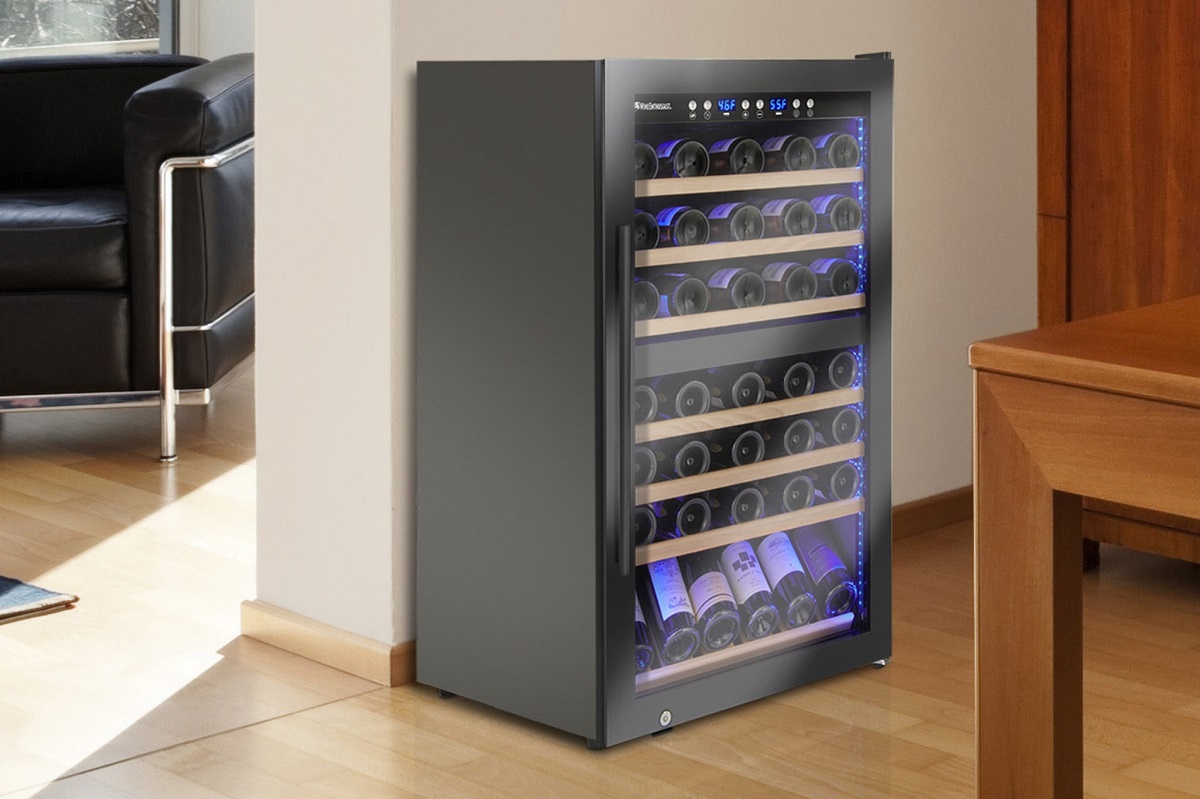Home>Home, Lifestyle & DIY>Optimal Temperature For Tap Water
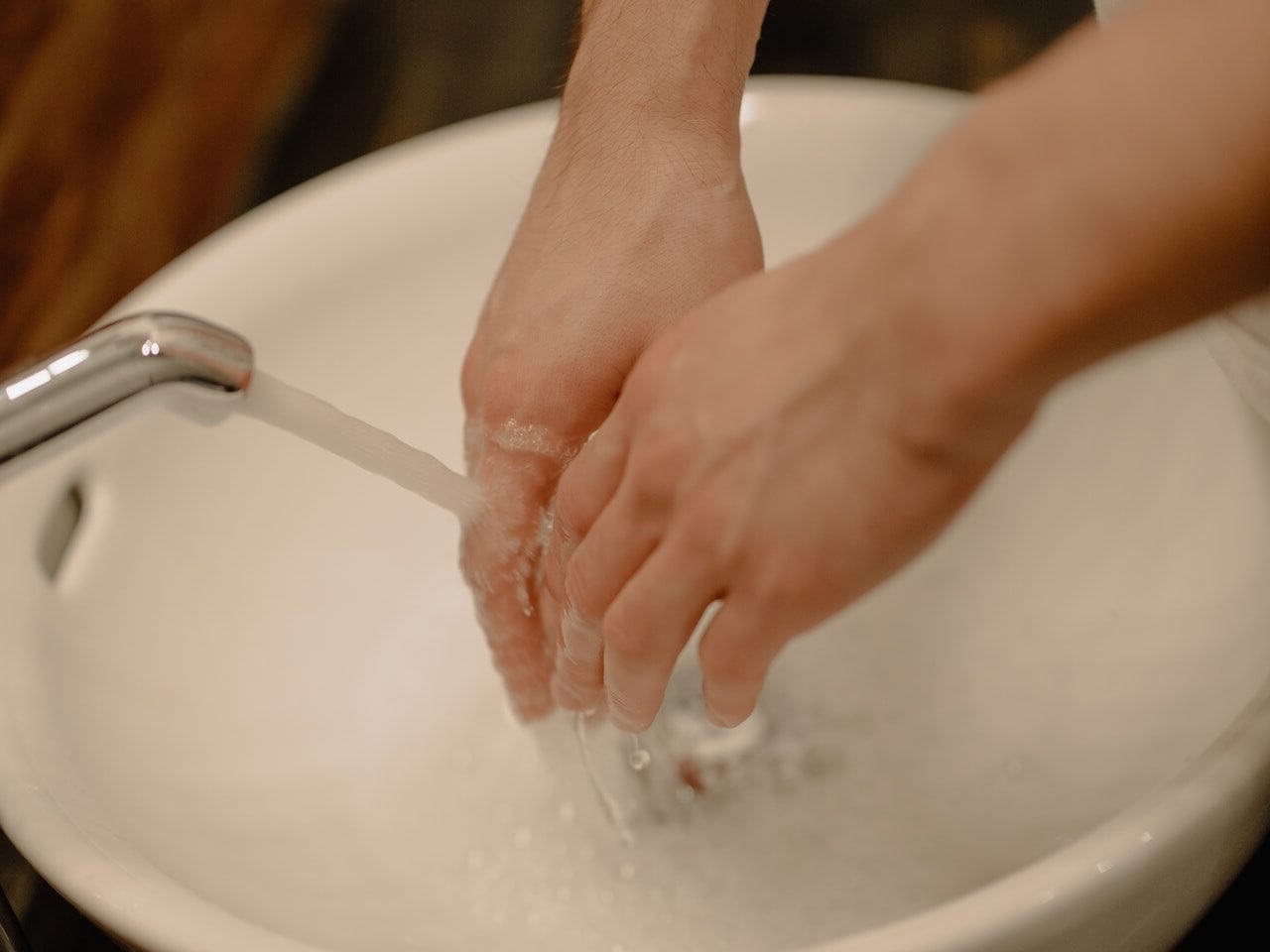

Home, Lifestyle & DIY
Optimal Temperature For Tap Water
Published: February 22, 2024
Discover the ideal tap water temperature for your home and lifestyle. Get DIY tips for optimizing water temperature. Keep your home comfortable and efficient.
(Many of the links in this article redirect to a specific reviewed product. Your purchase of these products through affiliate links helps to generate commission for Temperatures.com, at no extra cost. Learn more)
Table of Contents
Introduction
The temperature of tap water is a crucial yet often overlooked aspect of daily life. Whether it's for brewing a comforting cup of tea, taking a refreshing shower, or carrying out household chores, the temperature of tap water plays a significant role in our daily routines. Understanding the optimal temperature for tap water is essential for ensuring its effectiveness and safety in various applications.
The temperature of tap water can impact its taste, safety, and performance in different scenarios. From a steaming cup of coffee to a relaxing bath, the temperature of the water used can greatly influence the overall experience. Moreover, the optimal temperature for tap water can vary depending on the intended use, making it important to consider the specific requirements for different tasks.
In this article, we will explore the importance of temperature in tap water, the factors that affect the optimal temperature, and the effects of different temperatures on tap water. Additionally, we will discuss the recommended temperature for various uses, providing valuable insights into optimizing the use of tap water in daily life. Understanding the significance of temperature in tap water and its impact on our routines can lead to more informed and enjoyable experiences in our homes.
Importance of Temperature in Tap Water
The temperature of tap water holds significant importance in various aspects of daily life. It directly influences the effectiveness and safety of numerous activities, ranging from cooking and cleaning to personal hygiene and relaxation. Understanding the impact of temperature on tap water is essential for optimizing its use in different scenarios.
When it comes to cooking and brewing beverages, the temperature of tap water can profoundly affect the outcome. For instance, brewing a perfect cup of coffee or tea requires water at specific temperatures to extract the desired flavors from the beans or leaves. Similarly, when cooking, the temperature of the water used in various recipes can impact the texture and taste of the final dish. Whether it's boiling pasta, blanching vegetables, or preparing soups and stews, the temperature of the water plays a crucial role in achieving the desired results.
In terms of personal hygiene, the temperature of tap water during showers and baths can greatly influence the overall experience. The sensation of warmth or coolness can affect relaxation and comfort, making the temperature of the water a key factor in creating a soothing bathing experience. Furthermore, the temperature of tap water for personal hygiene also impacts its cleansing properties, ensuring effective removal of dirt and impurities from the skin and hair.
The impact of tap water temperature extends to household chores as well. Whether it's washing dishes, doing laundry, or cleaning various surfaces, the temperature of the water can affect the efficiency of cleaning agents and the removal of stains and grime. Hot water is often preferred for tasks that require thorough cleaning, while cold water may be suitable for delicate fabrics and certain cleaning solutions.
Moreover, the safety of tap water is closely linked to its temperature. In some cases, excessively high temperatures can lead to scalding, especially in households with young children or elderly individuals. Understanding the optimal temperature for tap water can help prevent such accidents and ensure the safety of its use in different settings.
In summary, the importance of temperature in tap water is evident in its impact on cooking, personal hygiene, household chores, and safety. By recognizing the significance of tap water temperature, individuals can make informed decisions regarding its use, leading to enhanced experiences and improved outcomes in various aspects of daily life.
Factors Affecting Optimal Temperature
The optimal temperature for tap water is influenced by several key factors that play a significant role in determining its suitability for different purposes. Understanding these factors is essential for ensuring the effective and safe use of tap water in various applications.
-
Geographic Location: The geographical location of a region can greatly impact the temperature of tap water. In colder climates, the incoming water supply may be cooler, while in warmer regions, the water temperature may be higher. This variation in temperature can influence the perceived optimal temperature for different uses of tap water, such as bathing, cooking, and cleaning.
-
Water Source: The source of tap water, whether it is sourced from underground aquifers, rivers, or reservoirs, can affect its initial temperature. Groundwater, for example, tends to maintain a relatively stable temperature throughout the year, while surface water may exhibit more significant temperature fluctuations based on seasonal changes.
-
Seasonal Variations: The seasonal changes in temperature can impact the incoming water supply, affecting the optimal temperature for tap water in different seasons. During colder months, individuals may prefer warmer water for various uses, while in the summer, cooler water temperatures may be more desirable for refreshing activities.
-
Plumbing Infrastructure: The infrastructure of the plumbing system within a household can also influence the temperature of tap water. Factors such as the distance of the water heater from the point of use, the insulation of pipes, and the efficiency of the water heating system can all contribute to variations in the temperature of tap water as it reaches different outlets.
-
Water Heater Settings: For properties equipped with water heaters, the settings and capabilities of the heating system play a crucial role in determining the optimal temperature for tap water. The ability to adjust the temperature settings of the water heater allows individuals to customize the temperature of the hot water supply based on their specific preferences and requirements.
-
Environmental Considerations: Environmental factors, such as ambient temperature and humidity levels, can indirectly influence the perceived optimal temperature for tap water. For instance, during hot and humid weather, individuals may prefer cooler water for drinking and personal hygiene, while in colder conditions, warmer water may be more comforting for various activities.
By considering these factors, individuals can gain valuable insights into the optimal temperature for tap water in their specific circumstances. Recognizing the influence of geographic location, water source, seasonal variations, plumbing infrastructure, water heater settings, and environmental considerations can empower individuals to make informed decisions regarding the use of tap water, ensuring that it aligns with their preferences and needs across different scenarios.
Effects of Different Temperatures on Tap Water
The temperature of tap water can have diverse effects on its properties and suitability for various uses. Understanding how different temperatures impact tap water is essential for optimizing its use in different scenarios.
Cold Water
When tap water is cold, it is often perceived as refreshing and invigorating, making it ideal for activities such as drinking, rinsing fruits and vegetables, and providing a cooling sensation during hot weather. Cold water can also be beneficial for skincare routines, as it can help reduce puffiness and soothe the skin. Additionally, cold water is commonly used for refreshing beverages and can be particularly enjoyable during exercise or outdoor activities.
Read more: Optimal Temperature For Baking Bread
Room Temperature Water
Room temperature water is often preferred for certain culinary applications, such as baking and cooking, where the temperature of the water can impact the texture and consistency of the final product. Room temperature water is also suitable for hydration and can be easily consumed without the shock of extreme temperatures. In some cases, room temperature water is used for watering plants, as it avoids subjecting them to temperature extremes that may affect their growth.
Warm Water
Warm tap water is commonly used for personal hygiene, including bathing and washing hands and face. The warmth of the water can provide a soothing and relaxing experience, promoting a sense of comfort and cleanliness. Additionally, warm water is often preferred for cleaning tasks, as it can enhance the effectiveness of soaps and detergents, aiding in the removal of dirt and grease from various surfaces.
Hot Water
Hot water from the tap is typically utilized for activities that require higher temperatures, such as brewing hot beverages, sterilizing utensils, and cleaning heavily soiled items. The heat from hot water can effectively dissolve substances and sanitize surfaces, making it suitable for tasks that demand thorough cleansing. However, it is important to exercise caution with hot water to prevent scalding, especially when it comes to activities involving young children or individuals with sensitive skin.
By recognizing the effects of different temperatures on tap water, individuals can make informed decisions regarding its use in various contexts. Whether it's for culinary endeavors, personal hygiene, or household chores, understanding how temperature influences tap water enables individuals to optimize their experiences and achieve desirable outcomes across different aspects of daily life.
Recommended Temperature for Various Uses
When it comes to utilizing tap water for different purposes, understanding the recommended temperatures for specific uses is essential for achieving optimal results. The following guidelines outline the ideal temperatures for various common applications of tap water:
-
Drinking Water: For drinking purposes, cold tap water is generally preferred, with a temperature ranging between 45°F to 50°F (7°C to 10°C). This temperature range provides a refreshing and thirst-quenching experience, especially during warm weather.
-
Cooking and Baking: When incorporating tap water into recipes, the recommended temperature varies based on the specific requirements. Room temperature water, typically around 68°F to 72°F (20°C to 22°C), is suitable for many baking recipes, while cold water is often used for preparing chilled dishes and beverages. For hot beverages and cooking that involves boiling water, temperatures between 200°F to 212°F (93°C to 100°C) are commonly required.
-
Personal Hygiene: The recommended temperature for tap water during showers and baths is approximately 98°F to 105°F (37°C to 41°C). This range provides a comfortable and soothing experience while ensuring effective cleansing and relaxation.
-
Household Cleaning: When it comes to household cleaning tasks, warm water at temperatures ranging from 105°F to 120°F (41°C to 49°C) is often recommended. This temperature range enhances the effectiveness of cleaning agents and aids in the removal of dirt and grime from various surfaces.
-
Laundry: For washing clothes, the recommended temperature of tap water depends on the type of fabric and the level of soiling. Cold water is suitable for delicate fabrics and lightly soiled items, while warm water, typically around 90°F to 110°F (32°C to 43°C), is effective for regular laundry. Hot water, at temperatures ranging from 130°F to 140°F (54°C to 60°C), is reserved for heavily soiled items and for sanitizing purposes.
-
Dishwashing: The recommended temperature for dishwashing is similar to that of household cleaning, with warm water between 105°F to 120°F (41°C to 49°C) being ideal for effectively removing food residues and grease from dishes and utensils.
By adhering to these recommended temperature guidelines, individuals can optimize the use of tap water across various activities, ensuring both efficiency and comfort. Understanding the appropriate temperatures for different uses enables individuals to enhance their experiences and achieve desirable outcomes in cooking, personal hygiene, household maintenance, and other daily routines.
Read more: Monthly Destin Water Temperature Guide
Conclusion
In conclusion, the temperature of tap water plays a pivotal role in numerous aspects of daily life, influencing activities such as cooking, personal hygiene, household chores, and relaxation. Understanding the optimal temperature for tap water is essential for ensuring its effectiveness, safety, and overall impact on our routines.
By delving into the importance of tap water temperature, we have gained valuable insights into its diverse applications. From the refreshing sensation of cold water to the soothing comfort of warm water, the temperature of tap water significantly shapes our experiences and outcomes across various tasks. Moreover, the effects of different temperatures on tap water, ranging from hydration to culinary endeavors and cleaning, highlight the significance of temperature in optimizing the use of tap water in different contexts.
Factors such as geographic location, water source, seasonal variations, plumbing infrastructure, water heater settings, and environmental considerations collectively contribute to the perceived optimal temperature for tap water. By considering these factors, individuals can make informed decisions regarding the use of tap water, aligning it with their preferences and needs across different scenarios.
Furthermore, the recommended temperatures for various uses of tap water provide practical guidelines for achieving optimal results. Whether it's enjoying a refreshing drink, preparing a delicious meal, indulging in a relaxing bath, or maintaining a clean and hygienic home, understanding the appropriate temperatures for different activities empowers individuals to enhance their experiences and outcomes.
In essence, the temperature of tap water is not merely a technical aspect of daily routines; it is a fundamental element that shapes our comfort, well-being, and efficiency in various tasks. By recognizing the significance of tap water temperature and its impact on our lives, individuals can elevate their experiences and achieve desirable outcomes, ultimately enhancing their quality of life within their homes and daily routines.
